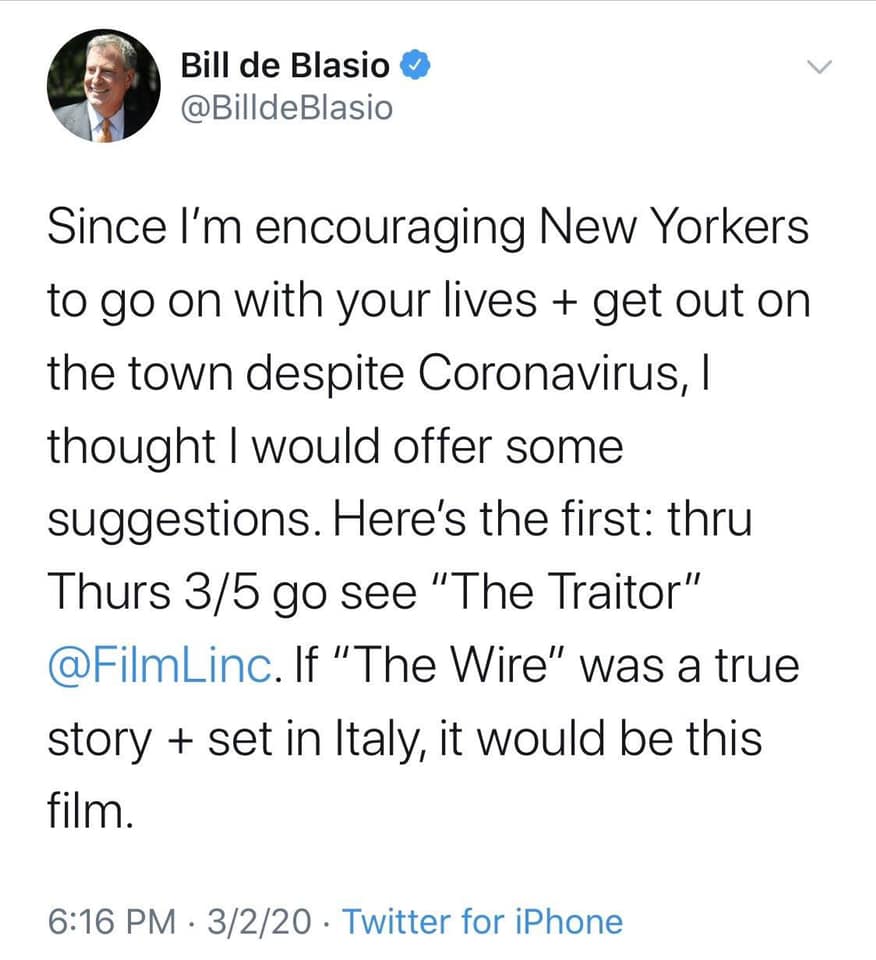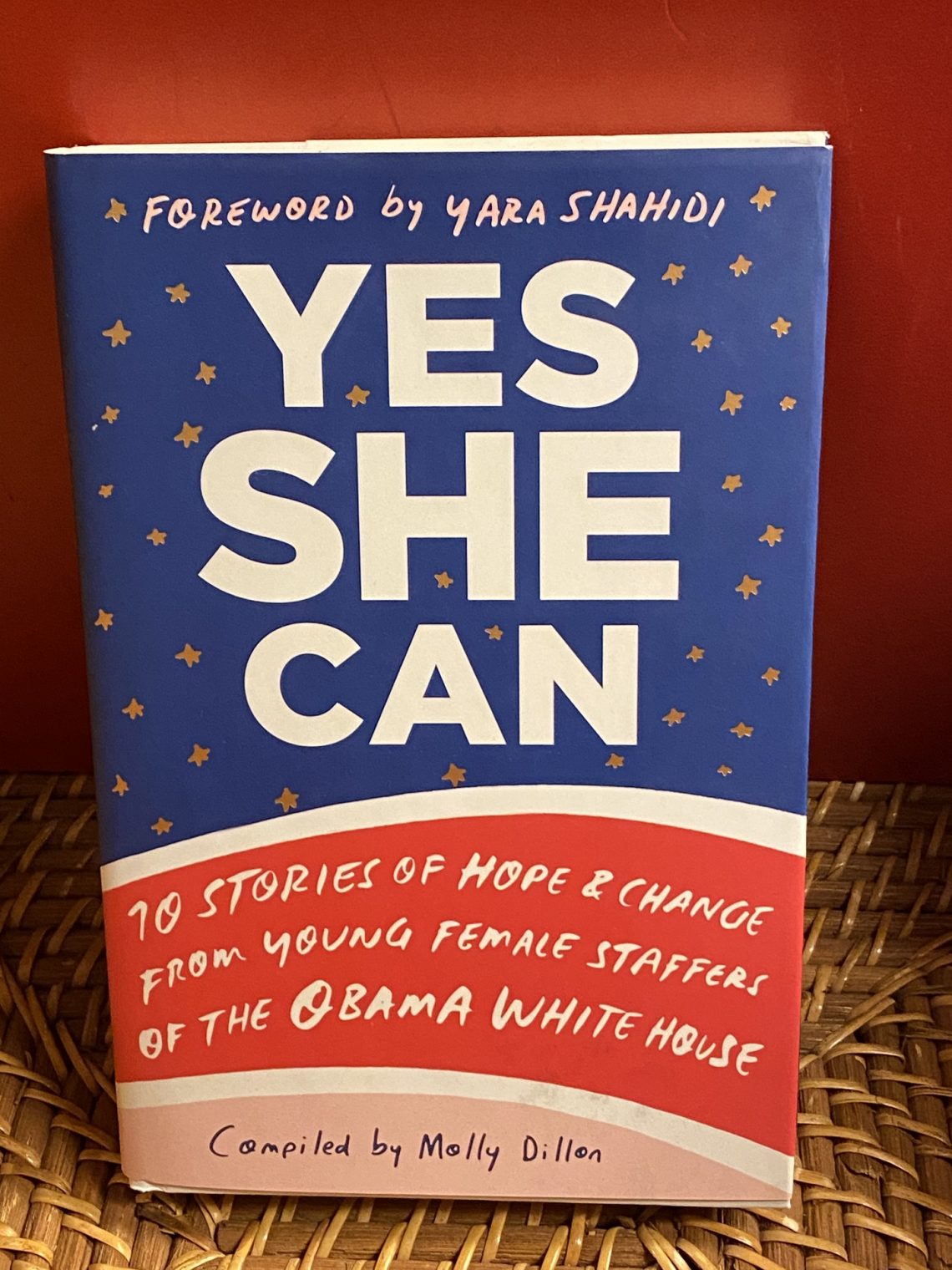From Sunetra Gupta, professor of theoretical epidemiology at Oxford, via the Daily Mail:
Coronavirus could already have infected HALF the British population and been spreading in the UK since JANUARY, Oxford University study claims
‘We need immediately to begin large-scale serological surveys – antibody testing – to assess what stage of the epidemic we are in now,’ she said.
The Oxford university research offers a contrasting view on the disease to the study that is informing government policy. It was carried out by experts at Imperial College London.
‘I am surprised that there has been such unqualified acceptance of the Imperial model,’ Professor Gupta told the Financial Times.
The Imperial study has led to the Government imposing the extraordinary shutdown on the basis that, without such rules, the disease could claim up to 250,000 lives.
Who wants to bet whether these “Oxford experts” get interviewed by the folks at the New York Times who say that Donald Trump should let the “experts” speak?
From Wuhan on the Hudson, on the other hand, “Coronavirus: New York Infection Rate Is ‘Doubling About Every 3 Days,’ Cuomo Says” (NPR):
The rate of new coronavirus cases in New York is “doubling about every three days” and is speeding up even more, Gov. Andrew Cuomo said Tuesday. “That is a dramatic increase in the rate of infection.”
The new estimates are “troubling and astronomical numbers,” the governor said. He added that the apex of the curve of rising coronavirus cases in New York is still 14 to 21 days away, according to the latest projections. The governor also said New York is in urgent need of ventilators and other vital resources.
“We need the federal help, and we need the federal help now,” Cuomo said.
(If Federal help is critical and Trump has the discretion to allocate that help among states, perhaps Cuomo now regrets telling Donald Trump “good riddance” when he moved to Florida, thus escaping New York State and City taxes? When one quarter of the economy is the Federal government, is it helpful to state residents to pick a fight with the guy who has some amount of control over the $5 trillion?)
Facebook friends who voted for Hillary love Governor Cuomo, by the way. A sampling of perspectives:
Gov. Andrew Cuomo. For all his state’s problems, and they are life and death problems….he still inspires, like a true leader does. No childish name calling. No race baiting. No ignorant rants. Just inspiration
Sick of the administration’s sideshow “press conferences?” This is what leadership looks like: honest, tough, authoritative, reassuring.
I am falling in love with Andrew Cuomo🥰🥰🥰 [The previous governor got/purchased some love from female Democrats as well, no?]
[Did Cuomo do anything tangible in terms of preparing hospitals, obtaining masks, ventilators, and PPE, starting social distancing before New York’s caseload blew up, etc., or has he been able to win hearts and minds with fine words only?]
COVID Denier Aaron Ginn needed to be kicked off Medium partly for spreading the heresy that coronavirus did not spread well in heat and humidity. Now there are heretics at M.I.T. New York Post:
Scientists at the Massachusetts Institute of Technology found that 90 percent of COVID-19 transmissions that occurred until Sunday happened in regions with low temperatures — between 37.4 and 62.6 degrees Fahrenheit.
“Wherever the temperatures were colder, the number of the cases started increasing quickly,” Qasim Bukhari, a computational scientist at the university who co-authored the study, told the New York Times. “You see this in Europe, even though the health care there is among the world’s best.”
That pattern applies in the US too, Bukhari told the paper.
The outbreak has developed more slowly in Southern states like Arizona, Florida and Texas compared to New York, Washington state and Colorado, for example, according to Bukhari.
In California, the rate is somewhere in the middle.
Epidemiologists have seen a similar pattern with other viruses — including the flu, which generally follows a November-to-April trend in the Northern Hemisphere, Dr. Deborah Birx, a member of the White House’s coronavirus task force, said during a recent briefing, according to the Times.
The four types of coronavirus that cause the common cold also pick up in the winter and drop off in the summer.
At least two other studies have come to similar conclusions — including one conducted by Chinese researchers at Beihang University and Tsinghua University.
There you have it! Maybe it will kill most of us (Professor Cuomo). Maybe it has already done most of whatever it is going to do (Professors at Oxford). Maybe it will taper down to a manageable burn by June (MIT).
(Meantime, if we believe MIT, move to Florida, Texas, or Las Vegas and then leave the air conditioning off? Check the family law situation in those states before agreeing to any move, though! Florida offers “permanent alimony” while Texas offers “no alimony”. Texas and Nevada cap child support profits, unlike most states in the frigid COVID belt.)
Related: A February 9 tweet from New York City’s top public health official…
Full post, including comments 

